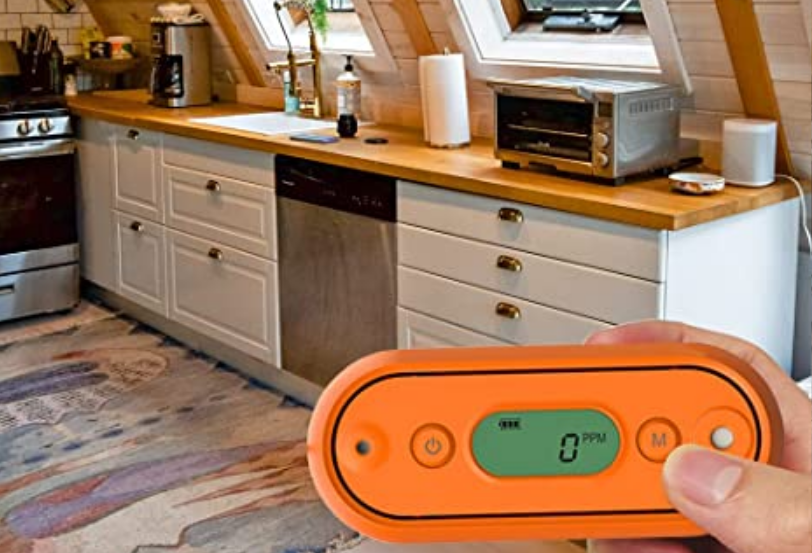What Should You Know About Carbon Monoxide Poisoning in Trucking?
Truck driving is not a profession meant for just anyone. It involves long sleepless nights and lonely days on the road. To add on to the existing problems that truck drivers face, there is now an increased awareness about the carbon monoxide poisoning that truck drivers face.
Although heavy-duty vehicles like trucks and buses cover a very small percentage of vehicles on the road, they somehow emit the most carbon monoxide which in turn contributes to air pollution.
What Causes Carbon Monoxide Emission?
Carbon monoxide is a deadly and toxic gas. IT is normally formed due to incomplete combustion. Any vehicle that uses carbon-based or fossil-based fuel is at risk of carbon monoxide emission. Some of the causes of carbon monoxide emission are:
- If the exhaust system has some glitches.
- If a fuel burning heater is used for assistance within the vehicle.
- If the truck or vehicle is being operated in a space with very little ventilation.
- In colder weather conditions. Trucks burn up more fuel in colder temperatures and therefore might have a higher chance of emitting CO.
The Causes of Carbon Monoxide Exposure from Trucks
While many risks of carbon monoxide (CO) exposure stem from mechanical issues, there are a series of best practices regarding limiting CO exposure that should be considered when operating a motor vehicle.
In general, you should avoid:
Operating a vehicle with a defective exhaust system.
Operating a vehicle with a defective emission system or poorly tuned engine.
Inadequately ventilated passenger compartments.
Driving a vehicle with holes in the body.
Warming up a vehicle in a garage, even with the outside garage door open.
Using auxiliary, fuel-burning heaters inside the vehicle.
Operating vehicles in a garage, carwash, or any enclosed building.
Idling your vehicle with windows open, or parking near other idling vehicles.
Per the Federal Motor Carrier Safety Administration (FMCSA), exhaust systems should discharge to the rear of the cab. No part of the exhaust system should leak or discharge forward of or directly below the driver/sleeper compartment.
Drivers should perform regular maintenance checks on their exhaust systems to make sure there are no leaks. If a leak is detected, it should be fixed before the driver’s next trip.
In addition to leaks from their own truck, exhaust fumes from other trucks can be dangerous to drivers. While parked at truck stops, drivers are near other trucks that may be idling or using auxiliary power units (APUs).
If drivers have their windows down while parked near idling trucks, there is a chance exhaust fumes will make their way into the cab. However, exhaust fumes can enter the interior of a vehicle even if windows and vents are closed.
Health Effects of Carbon Monoxide Poisoning
There are several health effects of being exposed to carbon monoxide. Some of the symptoms are:
- Headache
- Dizziness
- Vomiting
- Nausea
If inhaled in higher quantity, it could lead to unconscious state or death. If inhaled in moderate quantity but for a long time, it can cause heart diseases.
There have been reports of the death of several truck drivers due to carbon monoxide exposure in the past. Therefore, it is essential to know how to prevent exposure.
Preventing Carbon Monoxide Exposure
Most truck driving schools often tell their students to be aware of carbon monoxide emissions. We often do not realize that we are being poisoned until it is too late.
A simple way to prevent being poisoned by carbon monoxide is to invest in a carbon monoxide detector or monitor that raises an alarm when the emissions are too high.
The GZAIR CO Detector is a trusted tool used by service technicians and motor vehicle operators for detecting and identifying the source of carbon monoxide leaks.
The SA103 CO Inspector is a portable and reliable carbon monoxide meter (CO meter). It provides you with real-time readings all the way from 0 to 1000 PPM and is used by professionals to monitor or inspect for carbon monoxide.
Trusted by automotive service technicians, police, fire fighters, emergency medical services (EMS), home inspectors, plumbers, and HVAC technicians, the GZAIR CO detector is a great tool for monitoring for and diagnosing CO leaks in the home or workplace.
Steps to Take if You Are Exposed
If your carbon monoxide detector does raise an alarm, park your vehicle and get out of it immediately. Get out into the fresh air and do not head back to the truck.
Call for medical attention. Sometimes even without the alarm, some truck drivers can show symptoms of being poisoned. If you feel you might be exposed, get away from the truck. Higher dosage of carbon monoxide can make you unconscious and that is even more dangerous for a truck driver.


Leave A Comment